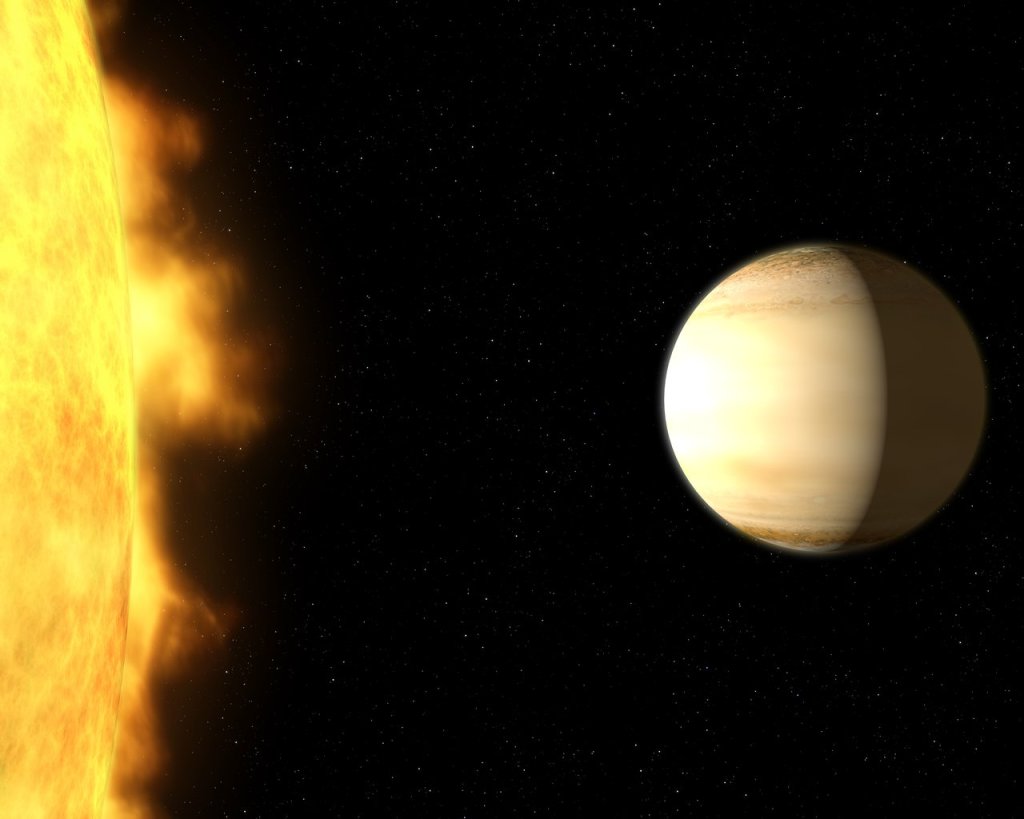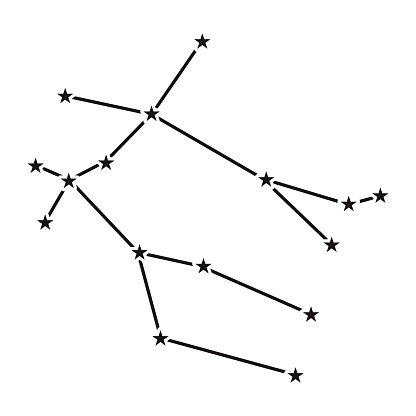It might seem strange that we are currently exploring planets that are so far away from us, especially since we cannot travel to them. But, these planets, called exoplanets or extrasolar planets can teach us a lot about star-system formation. We can then take this information and apply it to our own solar system!

One of these planets is WASP-39b discovered in 2011, and is 700 light-years away from us. Scientists found it by observing the dimming of light from its star, indicating something must be blocking that light from reaching us fully. Starting in 2022, WASP-39b was the first exosolar planet to be studied by the Webb telescope. It is a gas giant, with about the same mass as Saturn, but it is much puffier because of its super high temperatures since it is even closer to its star than Mercury is to our Sun! WASP-39b also has a very fast orbital period, moving around its star in just over 4 Earth days. Scientists also found a high water content as vapor in the atmosphere on WASP-39b. After studying further, scientists found carbon dioxide too. WASP-39b is definitely a planet that is unlike what we are used to, making it super exciting to continue to explore.
So now you are probably wondering what this planet could possibly tell us about our own solar system, especially since ours looks nothing like this. But, that is what scientists want to find out! Why does it look nothing like ours? How can such a large planet orbit so close to its star and have such a high water content as well as the presence of CO2? Further research will give insight as to how WASP-39b got to the position it is in today. Could it have been from large impacts? Did it plow down other planets in its path to the star? What do you think is a likely explanation for this phenomenon?

Hi Adriana – such a cool blog post. It is crazy to picture a planet as massive as Saturn orbiting a star with a distance smaller than Mercury’s. It is so cool to consider how different solar systems compare to our own. You mentioned that WASP-39b was discovered due to the observation of the diminishing light of its star. To me, it sounds like this was a result of the Transit Method. To learn more about this method and other ways to detect exoplanets, feel free to check out my Blog 5: Discovering Extrasolar Planets.
LikeLike